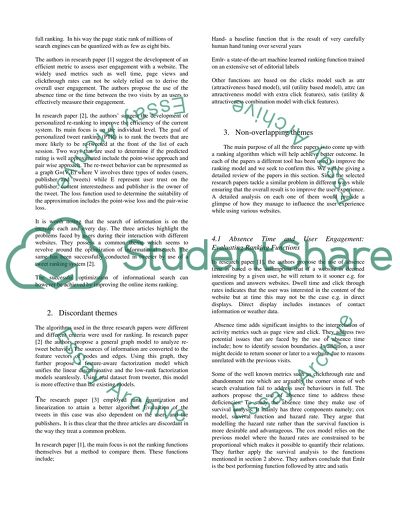Ranking method Research Paper Example | Topics and Well Written Essays - 500 words. Retrieved from https://studentshare.org/information-technology/1639160-ranking-method
Ranking Method Research Paper Example | Topics and Well Written Essays - 500 Words. https://studentshare.org/information-technology/1639160-ranking-method.


